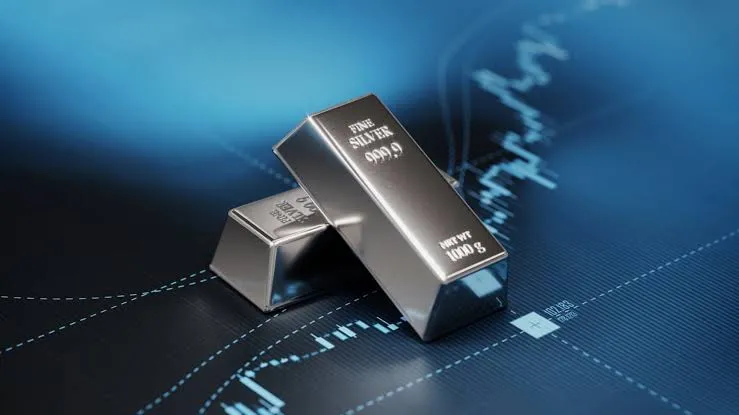In recent times, precious metals markets have witnessed a growing shift toward investing in silver, as global demand for this metal continues to rise due to economic, industrial, and geopolitical factors. Once referred to as “the poor man’s gold,” silver is now emerging as a strategic investment choice in the face of market volatility and the accelerating global transition to clean energy.
Economically, demand for silver increased by an estimated 15% in 2024 compared to the previous year. This surge is driven by inflation concerns and weakening local currencies in many countries, prompting investors to seek safe-haven assets. Although gold remains the dominant precious metal, silver is gaining notable attention due to its relatively lower price—averaging under $35 per ounce—and its potential for higher medium-term returns.
Industry also plays a critical role in this increased demand. Silver is essential in numerous technological and industrial applications, most notably in solar panels, electric vehicles, and advanced electronics. According to the Silver Institute, industrial demand for silver reached approximately 600 million ounces in 2024, the highest in over a decade. This figure is projected to grow by 4–6% annually as the world embraces green energy solutions.
Moreover, ongoing geopolitical tensions and declining trust in certain traditional financial systems have prompted some governments and central banks to boost their reserves of precious metals. As a result, silver prices have risen, and trading volumes have expanded—global silver futures trading, for instance, increased by 22% in just one year.
While forecasts suggest that this upward trend will continue in the coming years, analysts warn of silver’s price volatility. Given its wide industrial usage, silver is more sensitive than gold to real-world supply and demand shifts. However, many see these fluctuations as investment opportunities for those skilled in market timing and analysis.
Silver is returning to the spotlight, driven by deep economic and industrial transformations. It is now a vital asset not only in investor portfolios but also in the future of technology and energy.
